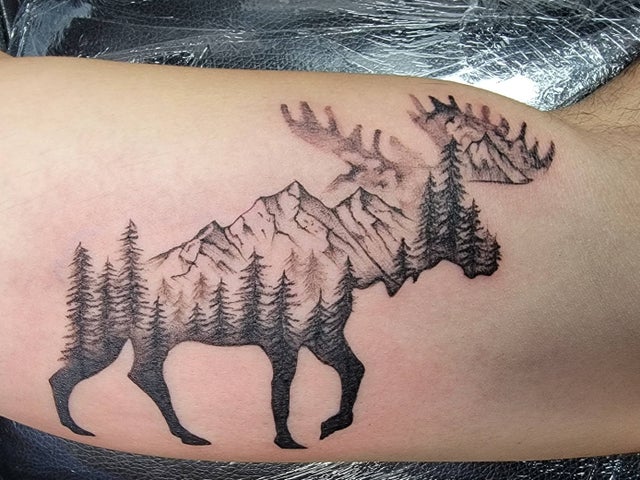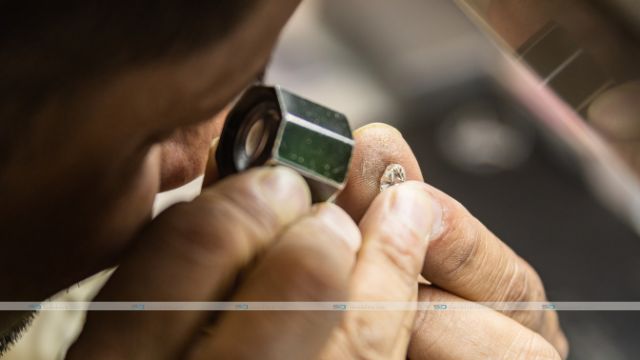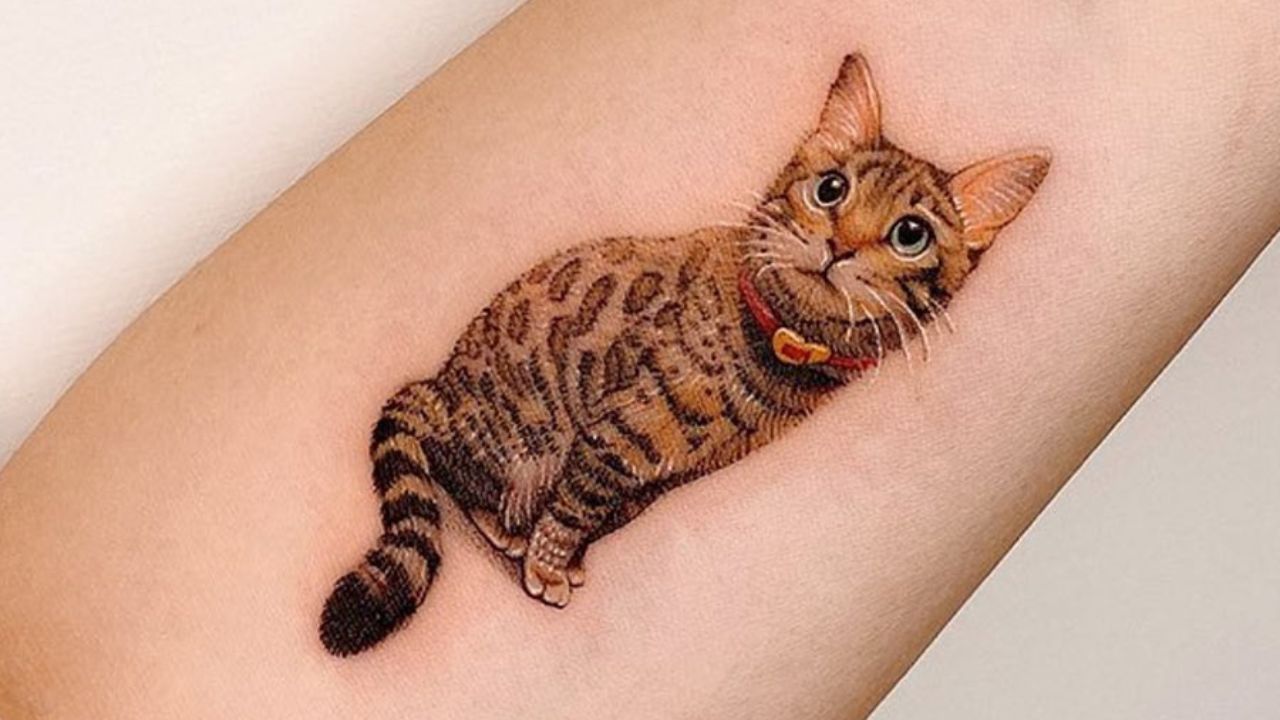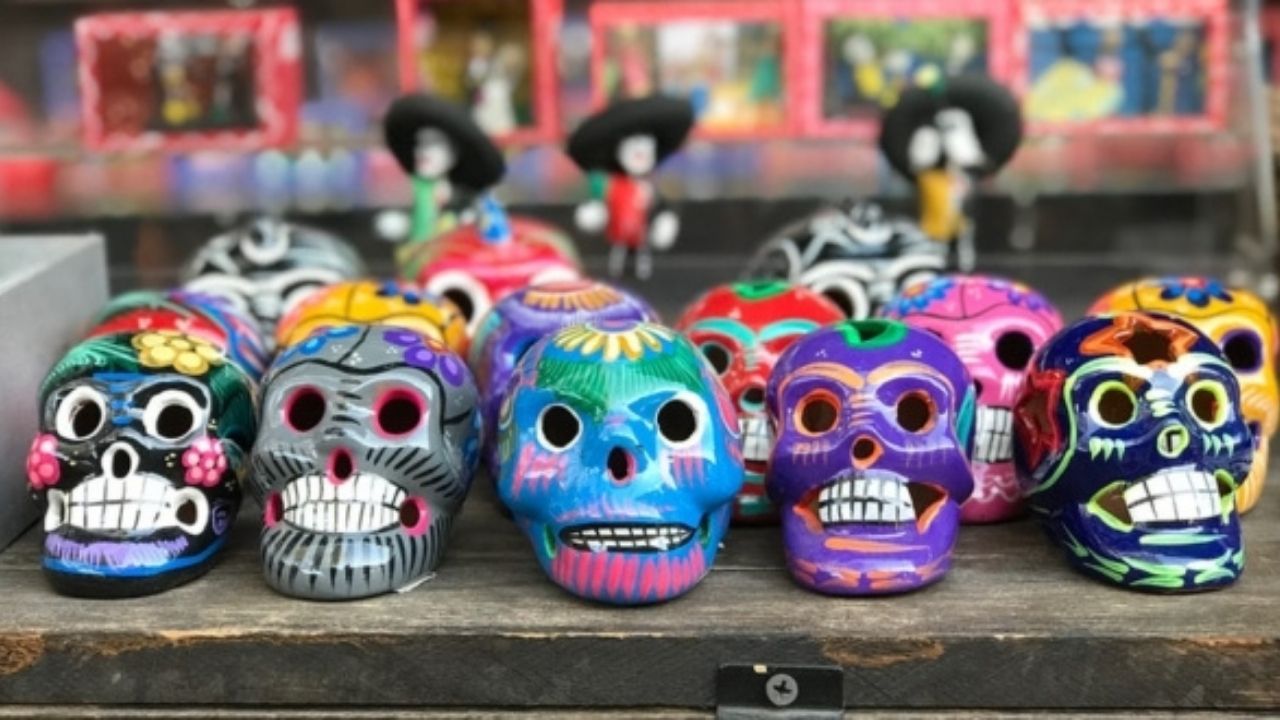Here are some classic tattoo art styles, the ones you need to know before going into tattoo design. If you’re watching for the perfect tattoo style, you may not be ready to accept the specific terminology of what you desire, but in all likelihood, you’ll have one of these in mind already.
It is troublesome to comprehend how precisely you want your perfect tattoo to look, but we believe the styles below will help you narrow it down.
Portraiture: A sub-set of the realism genre without the black outlines of some of the more classic styles, artists can achieve eerily accurate renditions of people both in color and black and Grey.
Stick and Poke: The artist works with a single needle to develop simple designs. Recently popularized for DIY tattoo-ers, this art can go to beautiful levels in the hands of a professional, characterized by thick and bold lines, most often in simple black with small decorative patterns.
Realism: Realistic tattoos can represent anything from landscapes or objects to creatures and characters. Whether black and white or colorful, this is a classic tattoo style that is excellent if there’s something particular you want to imitate. However, realistic tattoos are hard to get ideally, suitable and it takes a skilled tattoo artist or tattoo designer to create a realistic-looking artwork with tremendous visual impact.
Classic Americana: These may be an old-school style defined by bold outlines with similar colors and descriptions. They’re intimately tied to the sea and nautical imagery, female pinup figures, dangerous predatory animals, or combinations of hearts, roses, and daggers. Norman “Sailor Jerry” Collins popularized the tattoo style in the 1930s.
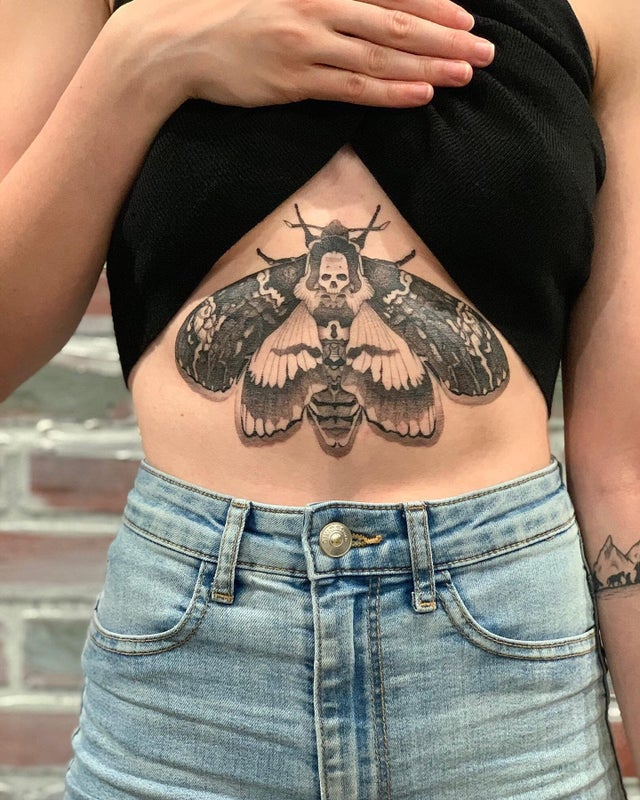
New school: New School tattoos resemble a comic book on your body. It depicts fabulous imagined worlds full of chaos and very often caricatured animals in vivid color.
Surrealism: Art gives artists masses of material to work with. The elegant style can vary, the subject can vary, but as long as the observer comes out of the experience with that feeling of sublime fantasy, the artist has achieved their purpose.
Blackwork: Blackwork is a tattoo style initially derived from the original tribal tattoos, made of thick and bold black lines in various geometric patterns. But artists advance to take this genre to different levels, incorporating practices and imagery derived from multiple sources into mesmerizing pieces swirling in other forms around the body.
Biomechanical: Biomechanical tattoos can adapt to the unique flow of a person’s body, typically freehanded. They are meant to mimic designs that could be covered within the skin. It’s challenging to take away from Roman Abrego’s name when you take up these bad boys—his strange mechanical-inspired images often cover the customers’ forearms and legs.
Japanese: There are centuries of history for the art tattooing all over the world. One that has maintained its popularity is the Japanese-style Irezumi. Tattoo artists still produce both traditional and modern takes on these traditional masterpieces. And it’s a genre essentially known for large images that cover the back, arms, and legs.
Black and Grey: Various kinds of work in this genre can encompass a wide range of styles. Black and Grey’s images aren’t as limited by subject matter, depicting anything and everything realistically in shades of Grey, initially done by watering down black ink to create a spectrum of shades.
Geometric: Geometric tattoos are trendy right now and can be timeless when done right. They can either feature geometric elements or combine geometric and organic (often floral or natural) ingredients. The contrast between this tattoo style’s exact, sharp lines and the body’s curves makes them stand out boldly.
Realistic Trash Polka: Realistic Trash Polka was designed by Buena Vista Tattoo Club of Germany, which is spontaneously recognizable for its collage-like structure, elaborate and sampling from printed materials—from photography to hand-writing, paint sprinkles to type-writing.

